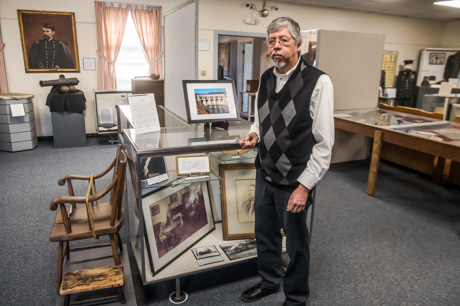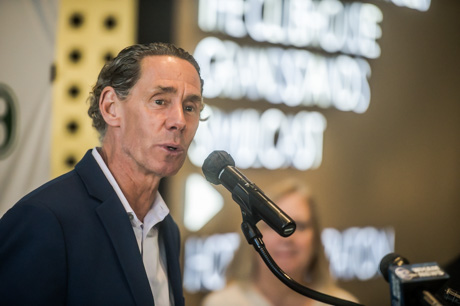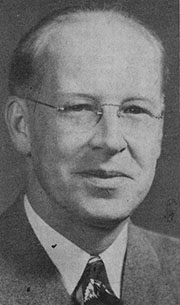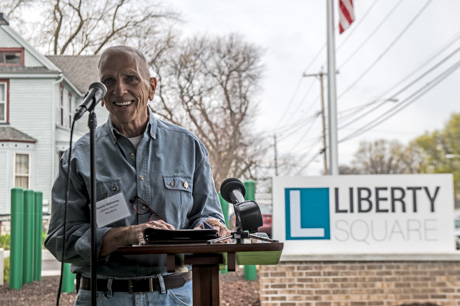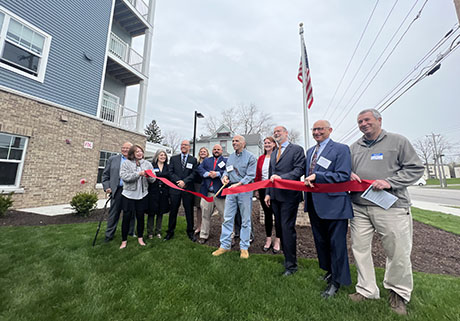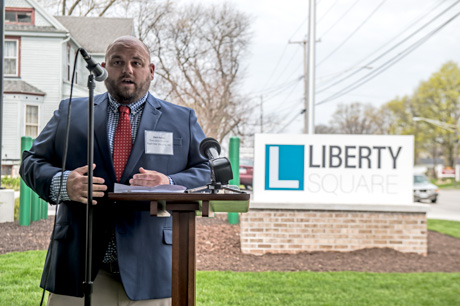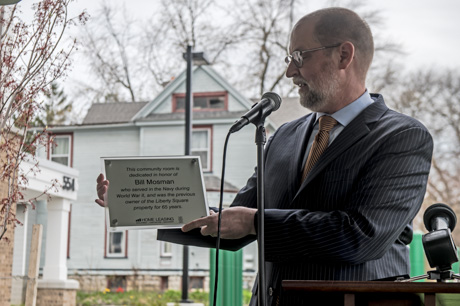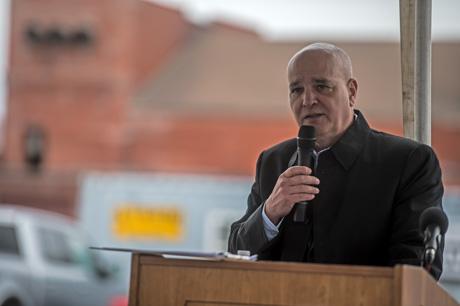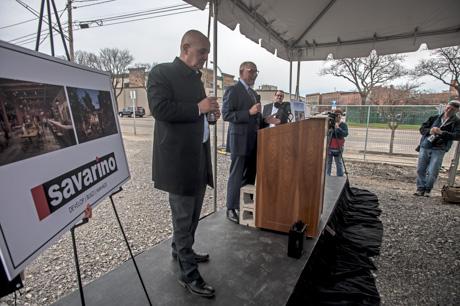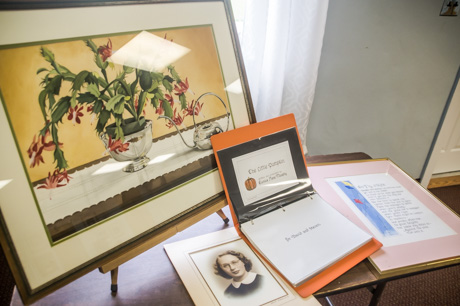No matter what term is used – and there are several of them, the practice of combining medication and treatment for people struggling with substance use disorder has a singular goal: Saving lives.
“Medication-Assisted-Treatment – or MAT – is an evidence-based program that has been shown to make a positive difference in saving lives for persons with an opiate use disorder. And it's considered the gold standard for treatment of opiate use disorder,” said Ann Bowback, clinical director at Spectrum Health & Human Services in Warsaw.
Bowback is the project director for the Partnership to Address Opioid Epidemic and Save Lives in Western New York Through Medication-Assisted-Treatment, a program funded by the federal Substance Abuse and Mental Health Services Administration.
Speaking at the GOW Opioid Task Force quarterly meeting recently, she explained that her program, in collaboration with Evergreen Health, is looking to increase the number of persons receiving MAT within the Spectrum agencies by at least 200 per year.
“We work to link people with a prescriber the same day, if possible, but at the latest within 72 hours of their initial visit with us,” she said. "We also will add two additional data waiver subscribers per year in order to meet the needs of these additional 200 people. And with this grant, our goal is to ensure that all the MAT clients are offered peer services (recovery advocates) within 60 days of admission.”
Other speakers at the meeting, which took place at The Recovery Station on Clinton Street Road and provided access via Zoom videoconferencing, were Melissa Weingarten, Wyoming County Jail nurse, and Kathy Hodgins, chief clinical officer at Genesee/Orleans Council on Alcoholism and Substance Abuse.
Bowback said most substance use disorder providers along with jails and prisons are taking a “whole patient approach” to treatment.
“MAT is more than just medication,” she said. “For some members of the recovery community, including our Evergreen partner, they refer to this as MAR – medication-assisted-recovery. This can be a referred term for some people because it emphasizes a person's commitment to recovery while using medications, and they may or may not be involved with treatment.”
She also said it can be referred to as MOUD (medications for opioid use disorder), which zeroes in on the importance of medication and addressing opiate use, and also as OTP (opioid treatment program) or OBOD (office based opiate treatment).
“PWUD stands for people who use drugs as we’re ideally trying to get away from some of the stigmatizing language like addicts and things like that,” she added. “OUD stands for opiate use disorder and OTP is where you would get medication such as methadone.”
Currently, the Food & Drug Administration has approved three medications for treatment of opiate use disorder -- methadone, naltrexone and buprenorphine, Bowback said.
“All medications work a little differently, but all basically normalize brain chemistry in order to reduce cravings and withdrawal symptoms,” she noted. “Methadone was first used in 1947 to treat opioid addiction and critics complained at that time that methadone merely exchanged one drug for another which led to strict government control over methadone, and that continues today.
“Now, in order to receive methadone for an opiate use disorder, you have to obtain it from an OTP. And although methadone is very effective, some individuals are hesitant to take this medication.”
Bowback said Spectrum offers naltrexone (brand name, Vivitrol), which was approved to treat opiate use disorder in 2010.
“The extended-release formulation is generally preferred for the treatment of opiate use disorder,” she said. “But some individuals do still prefer the pill form. Our prescribers will typically start a person on the pill form prior to prescribing the injection just to ensure the person is able to tolerate it. In order to receive this medication, though, the person cannot have opiates in their system; otherwise, they'll experience withdrawal. So, you must be abstinent for at least seven days.”
Spectrum also offers buprenorphine (also known as suboxone) for MAT, she said. In the 60s, buprenorphine was developed for treatment of pain and approved for treatment of opiate use disorder in 2002.
“Unlike methadone, a person almost immediately receives a seven-day script and within a very short time is able to receive a script for 28 days, which results in less daily disruption to lifestyles,” she advised. “You don't have to be present at a clinic daily … and you don't have to be abstinent for seven days in order to receive the medication.”
Medications reduce withdrawal and cravings and, as a result, decreases the use of illicit drugs and overdose, stabilizes the brain and “most of all, saves lives,” Bowback said.
“It also socially decreases criminal activity and reduces risk of transmission of communicable diseases, reduces risky sexual activity, and increases engagement with treatment.”
MAT is at the core of services at GCASA, which offers an integrated treatment and OTP clinic at its main location in Batavia as well as clinical services at its Orleans County location in Albion, Hodgins said.
“When I started at GCASA in 2002, we were already doing medication-assisted-treatment with alcohol, using naltrexone to treat alcohol dependence,” she said. “And then shortly after, we did start using buprenorphine -- suboxone for opiate use disorder individuals that came in.”
Hodgins said GCASA counselors and medical professionals treat medication for substance use disorder “similar to any kind of medication that you take.”
“So, those on medication are definitely in recovery – it just assists with the recovery. And it really does help reduce the cravings and the physical withdrawal.”
Weingarten shared that Wyoming County Jail started its MAT program in early 2020, offering suboxone and naltrexone.
“We provide medication to those who have been on MAT programs in the community, as long as we can verify that they’ve been in treatment and continued to get it,” she said.
She also mentioned that Gov. Kathy Hochul signed legislation that requires all prisons and jails, beginning in October, to provide MAT to inmates.
“So, we've started that way before she's required it,” she said, adding that the jail program includes individual and group counseling – and connection to peer recovery advocates.
Hodgins said “it just makes sense” to keep incarcerated people on medication, especially considering the rising overdose rates. GCASA provides services to inmates in six jails or prisons, including Genesee, Orleans, Albion, Groveland, Wyoming and Attica.
“Our common goal in our community is to save lives and I’m grateful that the state is on board with that,” she said. “I believe the best way to proceed is to start with a thorough assessment while they’re in jail and getting them on the right medication prior to release. That is how we’re going to save additional lives in our community.”
Photo: Melissa Weingarten, right, Wyoming County Jail nurse, makes a point as Kathy Hodgins, chief clinical officer at Genesee/Orleans Council on Alcoholism and Substance Abuse, during the GOW Opioid Task Force meeting at The Recovery Station on Clinton Street Road. Submitted photo.
Disclosure: Mike Pettinella is the publicist for GCASA.





